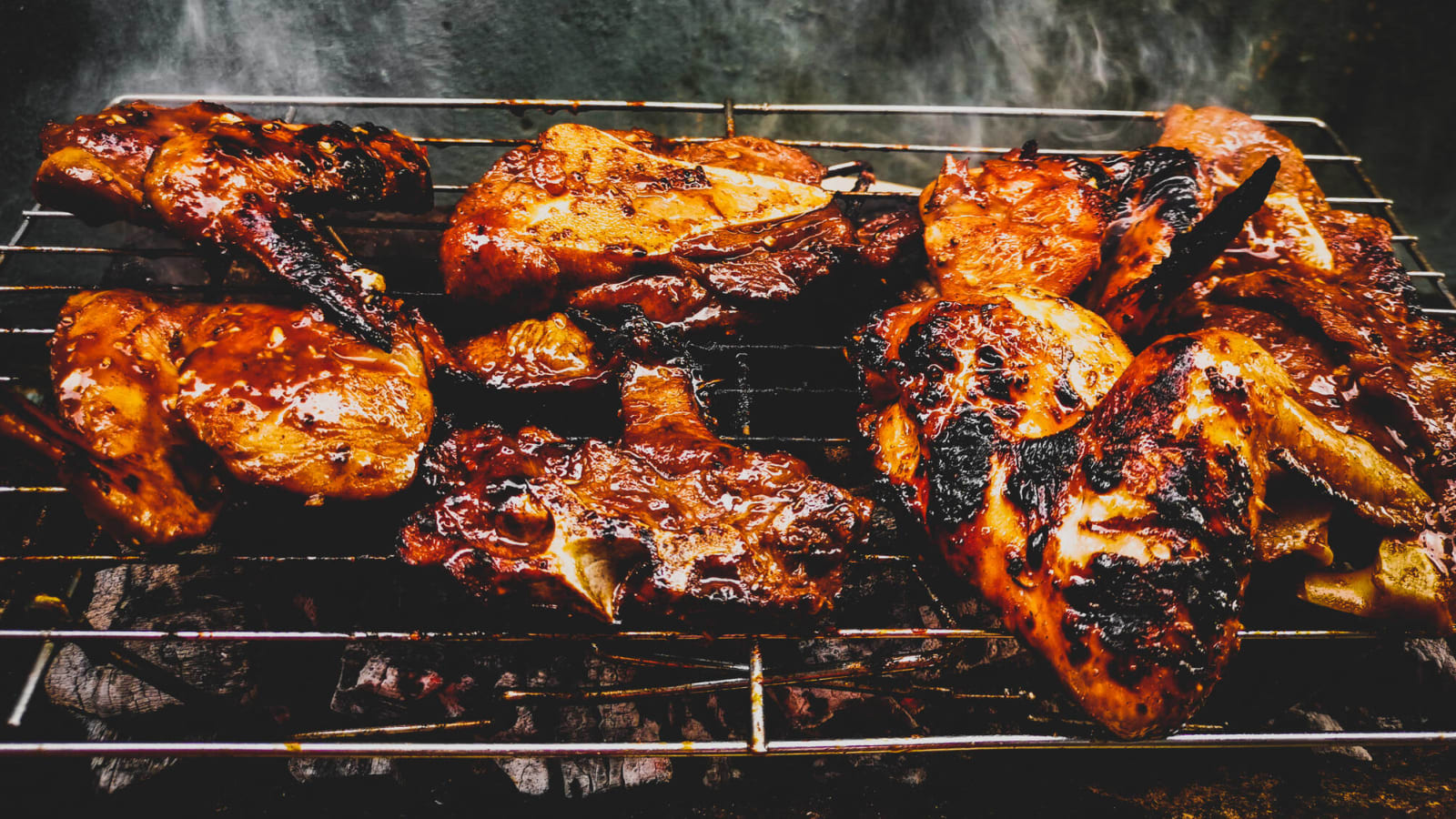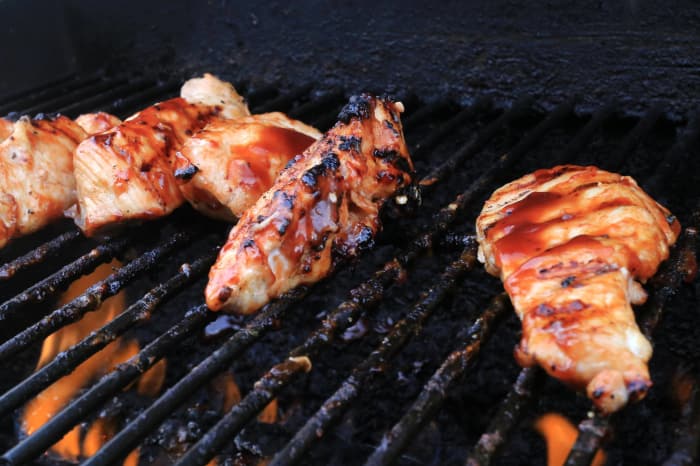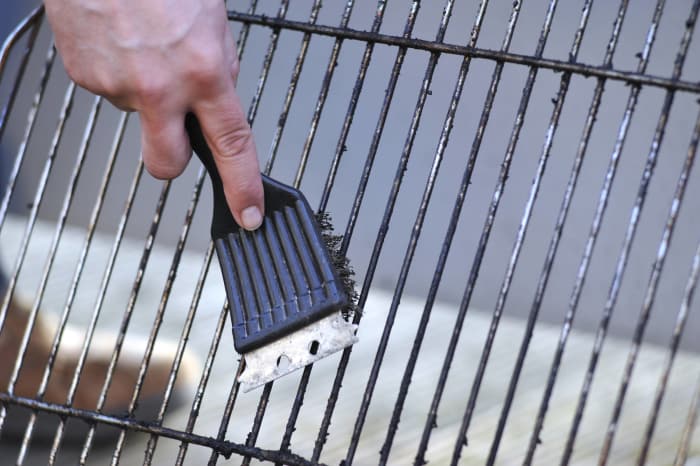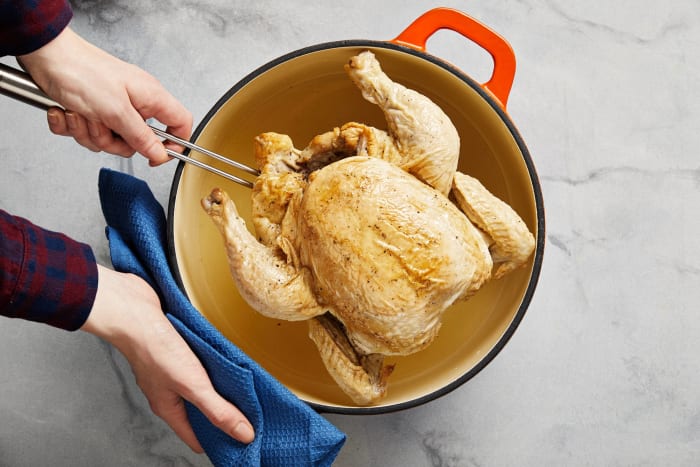- Home
- Quizzes
- My Quiz Activity
- Newsletters
- Sports Betting
- MY FAVORITES
- Add Sports/Teams
- SPORTS
-
NFL
- NFL Home
- Arizona Cardinals
- Atlanta Falcons
- Baltimore Ravens
- Buffalo Bills
- Carolina Panthers
- Chicago Bears
- Cincinnati Bengals
- Cleveland Browns
- Dallas Cowboys
- Denver Broncos
- Detroit Lions
- Green Bay Packers
- Houston Texans
- Indianapolis Colts
- Jacksonville Jaguars
- Kansas City Chiefs
- Las Vegas Raiders
- Los Angeles Chargers
- Los Angeles Rams
- Miami Dolphins
- Minnesota Vikings
- New England Patriots
- New Orleans Saints
- New York Jets
- New York Giants
- Philadelphia Eagles
- Pittsburgh Steelers
- San Francisco 49ers
- Seattle Seahawks
- Tampa Bay Buccaneers
- Tennessee Titans
- Washington Commanders
-
MLB
- MLB Home
- Arizona Diamondbacks
- Atlanta Braves
- Baltimore Orioles
- Boston Red Sox
- Chicago White Sox
- Chicago Cubs
- Cincinnati Reds
- Cleveland Guardians
- Colorado Rockies
- Detroit Tigers
- Houston Astros
- Kansas City Royals
- Los Angeles Angels
- Los Angeles Dodgers
- Miami Marlins
- Milwaukee Brewers
- Minnesota Twins
- New York Yankees
- New York Mets
- Oakland Athletics
- Philadelphia Phillies
- Pittsburgh Pirates
- San Diego Padres
- San Francisco Giants
- Seattle Mariners
- St. Louis Cardinals
- Tampa Bay Rays
- Texas Rangers
- Toronto Blue Jays
- Washington Nationals
-
NBA
- NBA Home
- Atlanta Hawks
- Boston Celtics
- Brooklyn Nets
- Charlotte Hornets
- Chicago Bulls
- Cleveland Cavaliers
- Dallas Mavericks
- Denver Nuggets
- Detroit Pistons
- Golden State Warriors
- Houston Rockets
- Indiana Pacers
- Los Angeles Clippers
- Los Angeles Lakers
- Memphis Grizzlies
- Miami Heat
- Milwaukee Bucks
- Minnesota Timberwolves
- New Orleans Pelicans
- New York Knicks
- Oklahoma City Thunder
- Orlando Magic
- Philadelphia 76ers
- Phoenix Suns
- Portland Trail Blazers
- Sacramento Kings
- San Antonio Spurs
- Toronto Raptors
- Utah Jazz
- Washington Wizards
-
NHL
- NHL Home
- Anaheim Ducks
- Arizona Coyotes
- Boston Bruins
- Buffalo Sabres
- Calgary Flames
- Carolina Hurricanes
- Chicago Blackhawks
- Colorado Avalanche
- Columbus Blue Jackets
- Dallas Stars
- Detroit Red Wings
- Edmonton Oilers
- Florida Panthers
- Los Angeles Kings
- Minnesota Wild
- Montreal Canadiens
- Nashville Predators
- New Jersey Devils
- New York Islanders
- New York Rangers
- Ottawa Senators
- Philadelphia Flyers
- Pittsburgh Penguins
- San Jose Sharks
- Seattle Kraken
- St. Louis Blues
- Tampa Bay Lightning
- Toronto Maple Leafs
- Vancouver Canucks
- Vegas Golden Knights
- Washington Capitals
- Winnipeg Jets
- NCAAF
- NCAAM
- Boxing
- Entertainment
- Lifestyle
- Golf
- MMA
- Soccer
- Tennis
- Wrestling
- More Sports
- RESOURCES
- My Account
- YB on Facebook
- YB on Twitter
- YB on Flipboard
- Contact Us
- Privacy Policy
- Terms of Service

20 tips that will keep your chicken moist on the grill
Grilled chicken is always a tasty meal, but some chefs shy away because the meat tends to dry out a bit. After all, grilling is a dry cooking method, so this is somewhat expected. However, you don’t have to settle for sub-par poultry. Instead, try these 20 tips and tricks to keep your chicken moist on the grill.
Don’t fear the heater

Don’t make the mistake of keeping your grill on low because you’re worried about dried-out meat. Instead, be sure to keep your grill on medium to high heat, or about 300 degrees Fahrenheit. If you’re not into the whole numerical thing or don’t have a grill with exact temps, try the three-second rule. If you can hold your hand about four inches above the grill and count off three full seconds, it’s too low. If you can only put your hand over it for one second, it’s too high.
A clean grill is a happy grill

When heating up your grill, be sure to scrub its grate with a hard wire brush. This should be a no-brainer in terms of cleanliness, but it’s especially crucial when you’re concerned about cooking your food perfectly. If the grill isn’t clean, your meat could stick to it, and your whole meal could go up in smoke - both figuratively and literally. Don’t have a wire brush handy? Crumble up a piece of aluminum foil into a ball, hold it with a pair of tongs, and use that. Don’t have tongs? Now you’re in trouble.
Greased lightning!

Now that your grill is clean, let’s dirty it up again by adding some oil. Roll a paper towel into a ball, dip it in vegetable or olive oil, and grab it with a pair of tongs. (We told you they were important... and we haven’t even started cooking yet.) Then brush the oil-soaked ball over the bars of the grate. Not only will this help avoid stickage (which is apparently a word), but it will help you get some killer grill marks without scorching your meat. Read more about proper grill greasing from Char-Broil here.
Treat yo’ self

Bargain prices can be tempting, but don’t cheap out on your chicken. Higher-quality meat will cook better on the grill, making it well worth the extra money. We’re not saying you need some sort of top-shelf organic chicken that comes with its own backstory (any “Portlandia” fans out there?) but for the sake of flavor and moisture, avoid budget breasts.
The thaw law

You might think frozen chicken has extra moisture locked into it, but resist the urge to grill a frozen or semi-frozen breast. If not properly and completely thawed beforehand, the chicken won’t cook evenly and some parts could dry out by the time other parts reach the appropriate temperature. (Or, even worse, some of it could end up undercooked.)
Stuff it!

One way to stop a thicker chicken breast from drying out is to stuff it, which not only adds extra moisture to the interior, but it also adds some extra flavor! Need some inspiration? Feel free to start out simple with this cheddar-stuffed recipe from Betty Crocker or spice things up with this recipe from Grilling 24x7, which includes cheese, bacon, jalapeños, and barbecue sauce.
Size matters

It doesn’t matter whether you prefer larger or smaller pieces of chicken, but for the sake of cooking quality, just use similarly sized cuts. If you mix and match, some pieces will cook much faster than others and you’ll constantly be checking temperatures or trying to guess when each piece is adequately heated. When in doubt, break out the kitchen scale!
Go big or go home

If you’re especially concerned about the breast meat drying out, opt for a whole roast chicken instead. Not only does the shape essentially create a roasting rack that protects the bottom of the breast from the drying heat of the grill, but you can add some herbs and seasonings under the skin so it bastes as it cooks. For more info, check out this recipe for cilantro lemon grilled chicken from the good folks at Weber.
Butterfly Away

Like the idea of cooking a whole chicken but worried about uneven heating? No worries, there is a solution. Try butterflying your chicken first by slicing down one or both sides of the backbone, opening the whole thing, and flipping it over flat. If you’d like some more detailed instructions (with more photos), head on over to Tasty Yummies.
Make time for brine

Without getting into all the science behind it (we’re not really the lab-coat types), soaking your chicken in brine can add about 10 percent more moisture to the inside, while also soaking up the salt and seasonings in the brine. If you can spare the time, aim to brine your chicken for about four to six hours. Even if you can only spare an hour, go for it, and you’ll still notice the difference in taste. A brine can be as simple as water and salt, but usually, a little sweetness is added as well. This simple and satisfying brine recipe from All Recipes utilizes soy sauce, but if you’re feeling especially festive, try this one from Betty Crocker that invites beer to the party!
Short on space? Salt!

If you have time to brine but no space for a brining container in the fridge, consider salting (also known as “dry-brining”) instead. After patting the chicken dry, generously coat it in salt (don’t worry, much of the salt will cook off anyway), and refrigerate them uncovered for at least 30 minutes. Pat them again before cooking, and you’ll be good to go!
Dare to add some southern flair

If brine isn’t your thing, think Southern and use buttermilk instead. Same goal, different flavor. Like the brine, you should also aim to marinate your chicken in buttermilk for a few hours. For more details and grilling instructions, check out this Martha Stewart recipe for grilled buttermilk chicken.
Double your fun

Another trick used by some chefs is to poach the chicken before grilling it. The reason it keeps the meat moist is similar to the brine or marinade techniques, except in this case, you’re actually heating it while you marinate it. The idea might sound far out to some, but it’s not so rare in other cultures. To help get you started, head over to the New York Times for this Filipino chicken adobo recipe – a meal so nice that you cook it twice. Alternately, you can also simply poach it in chicken stock, or a mixture of stock and buttermilk.
Get Saucy!

Sauces and glazes don’t just add an extra flavor boost to your chicken, they can actually help keep your meat from drying out by sealing in the flavors and moisture. Straight-up barbecue sauce is always a solid option, but feel free to mix it up with something else, such as a homemade salsa like the one in this recipe from Taste of Home.
Don’t get sauced too soon

Even if you use a marinade or glaze ahead of time, you’ll still want to brush your meats once they’re on the grill. But don’t start glazing right away or you’ll scorch the sugar. As this Cooking Classy recipe for grilled chicken with honey mustard advises, you should let the chicken cook on the grill for about four minutes, glaze, flip, brush, and cook for another four or five minutes. Be sure to save a little extra sauce, as they advise brushing each side again when the chicken comes off the grill.
Prepare a paillard

Don’t get spooked just because we’re using fancy words like “paillard.” In reality, this just means you should pound your chicken breast into a thin, flat cutlet. By making it uniform in thickness (or thinness), you’ll avoid having the chicken cook unevenly, and by making it flat, you’ll ensure that it can cook all the way through without staying on the grill for too long. But don’t just attack it with a hammer-like a kitchen version of whack-a-mole. Instead, follow these prep instructions via Serious Eats, and voilà... you’ll have moist, evenly-cooked chicken that doesn’t even require brining or marinating - which is helpful if you’re short on time.
Stick it!

If a whole chicken or large pieces are too much for you to handle (or consume), slice the chicken into smaller, thinner pieces. Then thread these onto skewers and throw them directly on the grill. Each stick will only spend a maximum of four to six minutes over the heat, so the chances of them drying out is minimal. Plus, you can always marinate them ahead of time for added moisture. If you’re feeling fancy, try this recipe for grilled chicken satay with spicy peanut sauce from Skinnytaste.
Put the pressure on

Similar to how some people grill steaks and (sometimes) burgers, you can use a heavy object to compact your chicken, giving it a better texture and creating those beautiful grill marks. More importantly, it also hastens cooking and blocks the escape of moisture. You could invest in an actual grill press for this one, or, alternately, use a cast-iron skillet, foil-covered brick, or old-timey iron (as pictured). For some extra tips on brick-cooking and a recipe, consult our friends over at Bon Appetit.
Use your tools

As some of the recipes mention, you may want to use a thermometer when grilling your chicken. It will help ensure that you cook the meat thoroughly enough and not a moment more, and you’ll also feel like some kind of weird chicken doctor. (A bad chicken doctor, since all your patients end up dead.) Ideally, you want an interior temperature of 165 degrees Fahrenheit, and you should be sure to insert your thermometer into the side of the chicken, not the top. Need help deciding on the right tool? Check out some of the top picks over at BestReviews.com.
Don’t forget to rest

No, not you — the chicken! While it’s tempting to dig into chicken as soon as it comes off the grill, you’ll want to let the chicken rest before cutting into it (the same as you’d do for a steak or a burger…we hope!). Allowing the breast to cool down for a few minutes helps seal in the juices.
More must-reads:
- Report: NFL GMs view one QB as ‘best kept secret’ in draft
- Deion Sanders, Colorado land former Ohio State RB via transfer portal
- The '50 points in an NBA playoff game' quiz
Breaking News
Customize Your Newsletter
 +
+
Get the latest news and rumors, customized to your favorite sports and teams. Emailed daily. Always free!
Use of this website (including any and all parts and
components) constitutes your acceptance of these
Terms of Service and Privacy Policy.

